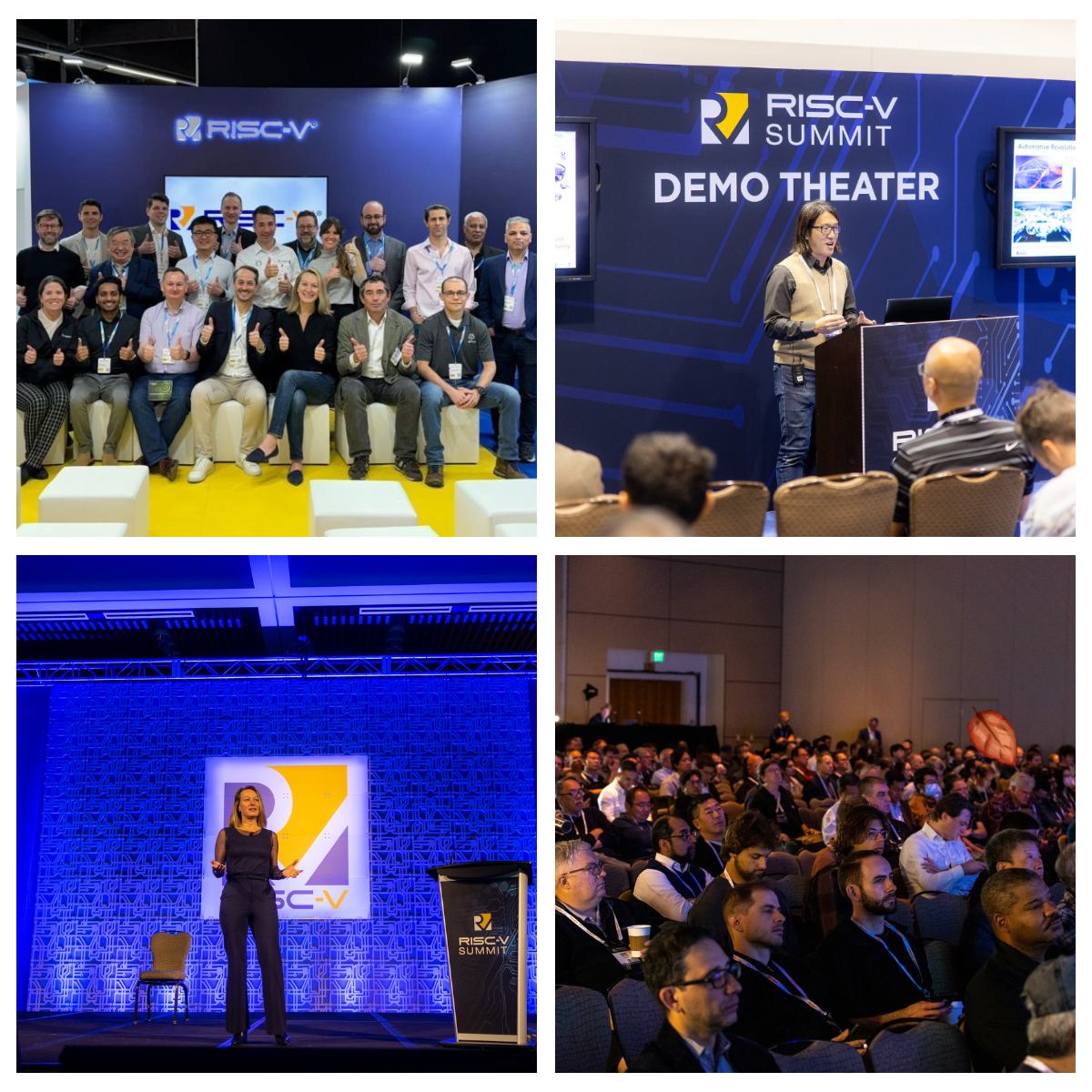
What began as a humble mission to construct a simple, efficient, and adaptable system for research endeavors and educational pursuits at the University of California Berkeley has blossomed into a globally embraced open standard. RISC-V, the revolutionary instruction set architecture, celebrates its 14th birthday on Saturday, May 18!
On May 18, 2010, a small group of enthusiasts decided to develop a clean-slate ISA, laying the groundwork for what would eventually become RISC-V. The team had no idea that their project would garner widespread recognition and be adopted by industry and academia on a global scale. Although the name RISC-V was coined at a later time, we celebrate this momentous date as RISC-V’s official birthday.
RISC-V is continuing to see impressive momentum, with 75 technical working groups and 40 new technical specifications ratified in the last two years alone. The community has grown from a small team to more than 4,200 members collaborating across 70 countries. RISC-V is also in over 13 billion cores in the market across a wide variety of segments. As we like to say, RISC-V is everywhere.
In a landscape marked by successes and a thriving community spirit, RISC-V has seen many pioneering moments. Let’s take a look at 14 of the remarkable “firsts” for RISC-V:
- First RISC-V Workshop: The inaugural RISC-V workshop took place in January 2015, followed by the establishment of the RISC-V Foundation later that same year, with 36 founding members.
- First RISC-V Product Ships: By December 2014, the first RISC-V product, a camera was shipped. (Custom Softcore in FPGA)
- First Use of Commercial RISC-V IP for Soft Core in FPGAs: In 2017, Microchip made history by being the first to use commercial RISC-V IP for Soft Core in FPGAs.
First RISC-V Processor in Space: The first RISC-V processor in space started operation in a European nanosat. The Trisat-R nanosat, developed by the University of Maribor, uses a fault-tolerant NOEL-V RISC-V processor developed by CAES and implemented in an FPGA. - First RISC-V Laptop: The first RISC-V laptop, Roma Laptop, marks a significant milestone for the RISC-V community and signifies that RISC-V is maturing and is a viable option for developers.
- First General-Purpose 32-bit RISC-V MCUs: The first general-purpose 32-bit RISC-V Microcontroller Units (MCUs) marked a significant leap in microprocessor technology. Offering enhanced performance and flexibility, these MCUs opened doors to a myriad of applications across various industries.
- First Handheld Gaming Device: RISC-V’s venture into handheld gaming devices transformed portable gaming experiences. This achievement showcased the ISA’s adaptability and scalability, offering gamers a glimpse into the future of mobile entertainment.
- First Commercial Cheri Processor Using RISC-V: Security took the stage with the unveiling of the first commercial Cheri processors leveraging RISC-V. This development not only strengthened cybersecurity measures but also highlighted RISC-V’s capacity to drive innovation in crucial domains.
- First Fully Coherent RISC-V Tensor Unit for AI Chip Design: The integration of the first fully coherent RISC-V Tensor Unit represented a pivotal moment in AI chip design. Empowering developers with advanced processing capabilities, this innovation accelerated the pace of AI-driven technologies, paving the way for transformative breakthroughs.
- First RISC-V Mini Laptop: The debut of RISC-V in the mini laptop domain highlighted its versatility across various computing landscapes. By merging portability and performance, the first RISC-V mini laptop exemplified the platform’s capability to reshape traditional computing norms.
- First Automotive-Grade CMOS Image Sensor Product: RISC-V’s influence extended into the automotive sector with the introduction of the first automotive-grade CMOS Image Sensor product, highlighting RISC-V’s reliability and laying the foundation for future advancements in automotive imaging technologies.
- First Mass-Market RISC-V Android SoC: RISC-V’s influence reached new heights with the introduction of the first mass-market, System on Chip (SoC) for Android devices. This milestone not only underscored the versatility of RISC-V but also its growing relevance in mainstream consumer technology.
- First RISC-V Server in the Cloud: RISC-V in cloud servers signifies its scalability and suitability for complex workloads, meeting growing demands for sovereignty, efficiency, and sustainability. It disrupts the traditional cloud computing landscape, offering a flexible solution for modern applications.
- First Commercially Available Out-of-Order RISC-V Development Board: This board enables developers worldwide to test and develop new RISC-V applications, such as machine vision, video analysis, AI PCs, and more. It democratizes access to advanced hardware capabilities, facilitating innovation and the integration of cutting-edge technologies across various market segments.
Reflecting on these pioneering achievements, it is clear that RISC-V remains a driving force in shaping the computing landscape, fueling innovation across industries, and fostering a global community of developers, researchers, and enthusiasts. In fact, according to a study conducted by The SHD Group, RISC-V is projected to be integrated into more than 16 billion System on Chips (SoCs), with revenues expected to reach $92 billion by 2030. Here’s to another year of groundbreaking advancements and collaborative endeavors fueled by the spirit of openness and innovation!




